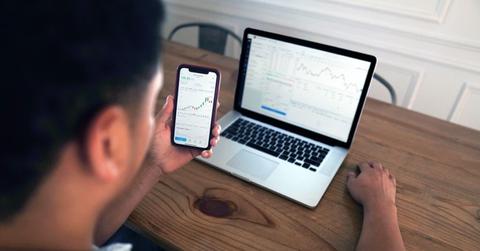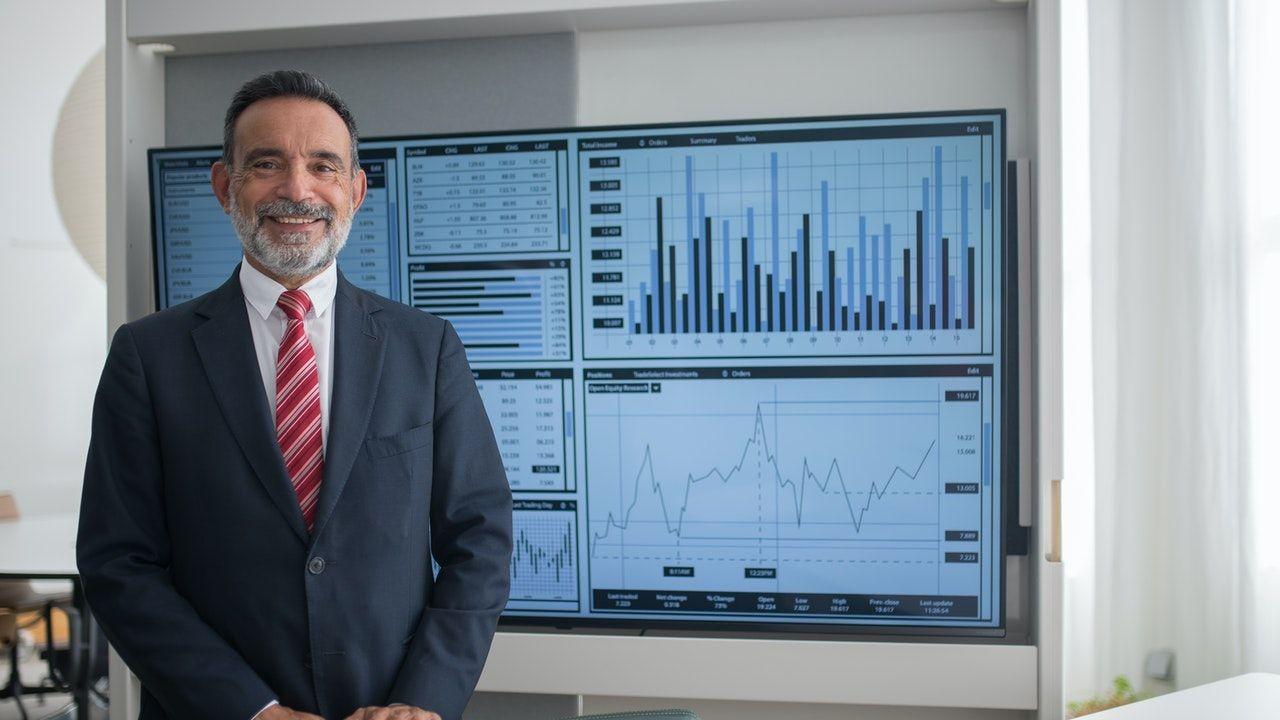SPAC Stocks May Be a Good Investment Before a Merger, Some Risk Involved
SPAC mergers have become a more popular route for a company to go public and have their stock on the market. But what is a SPAC stock?
June 23 2022, Published 2:47 p.m. ET

There are various paths an investor can take when it comes to stocks, but what are SPAC stocks and how do they work? Here's everything you need to know.
SPACs don’t operate like your typical public company. They have one goal in mind, which is to acquire new companies.

What is a SPAC stock?
SPACs, or blank-check companies, are companies that go public and target private companies to help them go public. Because SPACs are a public company, they have their own stock, which is essentially a SPAC stock.
SPAC stocks are unique because when those types of companies go public, they are commonly priced at $10 when they make the stock market debut. After one of these companies goes public, it has about 18–24 months to complete a merger with a target company. If the special acquisition entity doesn't complete a merger within that time frame, it will be liquidated and the investment proceeds that were raised go back to the shareholders.
With some SPACs focusing on specific industries, such as technology, you can have the opportunity to invest in different sectors with SPAC stocks. Digital World Acquisition Corp., a blank-check company that’s known for having a planned merger with former President Donald Trump’s Trump Media & Technology Group, mainly focuses on the top tech companies around the world.
SPACs typically merge with companies through the traditional route. A SPAC acquires the company, and either the combined company has a completely new ticker or the acquired company trades under the SPAC’s ticker symbol. There's also the reverse merger option where a private company will acquire a blank-check company to go public, and the merged company will take on a new ticker symbol.
Beware of investing in SPAC stocks.
SPAC stocks can be profitable if the SPAC has a promising target. Sometimes when the news about the merger becomes public, it causes the SPAC’s stock price to increase, which could open the opportunity to profit if you were to sell your shares.
It could also be profitable if the SPAC is going to buy out its shareholders because the merged company will have an entirely new stock. Depending on what price you bought the stock at, the buyout price could be higher. However, SPAC stocks come with many risks too.
As mentioned previously, SPACs typically have their share prices at $10 when they first go public. In most cases, SPAC stocks aren’t known to increase heavily in price once on the market since a possible merger is looming, which could dissolve that stock. It’s possible that if the price is significantly under $10, the company may only buy out shares lower than what you purchased them at, which leaves you without a profit.
SPACs are often an alternative route for companies that couldn’t pull off an IPO because they have a suspicious reputation. So, it’s possible that if you buy shares of a SPAC and it ends up acquiring a poor reputable brand, it could drop share prices as soon as news of the merger comes out. Digital World Acquisition is one company that has seen its share prices fall recently because it’s being investigated by the SEC for its involvement in the proposed merger with Trump’s company.
